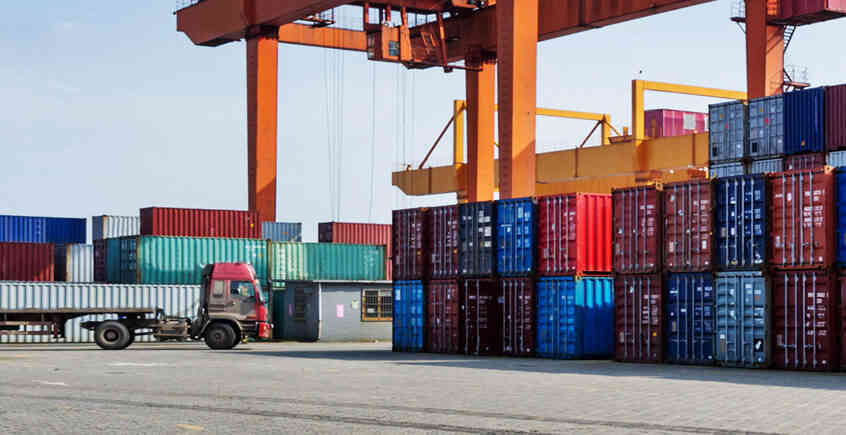In today’s fast-paced and interconnected business landscape, the role of logistics cannot be understated. The seamless integration of logistics operations has emerged as a pivotal factor in empowering businesses to thrive and stay competitive. This integration goes beyond mere transportation and distribution; it encapsulates a holistic approach that harmonizes every aspect of the supply chain. From procurement and inventory management to order fulfillment and last-mile delivery, businesses are increasingly recognizing the need for a synchronized logistics strategy. Seamlessly integrated logistics offer a multitude of advantages to businesses. One of the most prominent is enhanced efficiency. By creating a cohesive ecosystem where information flows effortlessly across departments, companies can optimize their operations. For instance, real-time inventory data can be shared between production units and warehouses, enabling a proactive approach to demand fluctuations. This not only reduces excess inventory costs but also ensures that products are available when and where they are needed.

Moreover, integrated logistics foster improved customer experiences. With the rise of e-commerce and same-day delivery expectations, customers demand timely and accurate updates on their orders. An integrated system allows for real-time tracking and transparency, letting customers know the exact status and location of their shipments. This level of engagement cultivates trust and loyalty, as customers feel more connected to the entire purchase journey. Risk mitigation also emerges as a key benefit of integrated logistics. Businesses are exposed to various risks, ranging from supply chain disruptions to regulatory changes. A seamlessly integrated system enables companies to identify potential risks earlier and respond with agility. For instance, if a supplier faces a production delay, an integrated logistics network can automatically trigger alerts, allowing the business to source alternatives or adjust production plans promptly. Furthermore, cost savings play a pivotal role in the integration of logistics freight companies. Redundancies and inefficiencies often stem from disconnected processes, leading to unnecessary expenditures.
By integrating logistics operations, businesses can optimize routes, minimize empty backhauls, and consolidate shipments, all of which contribute to cost reduction. These savings can then be reinvested strategically, fostering innovation and growth. The technology underpinning integrated logistics is evolving rapidly, making implementation more attainable than ever before. Cloud-based platforms, Internet of Things IoT devices, and data analytics empower businesses to gather and analyze vast amounts of information in real time. This data-driven approach enables informed decision-making and predictive analytics, enabling companies to anticipate trends and optimize their strategies. In conclusion, the integration of logistics operations stands as a pivotal driver in empowering businesses across industries. By fostering efficiency, enhancing customer experiences, mitigating risks, and yielding cost savings, seamlessly integrated logistics pave the way for sustainable growth and competitiveness. As technology continues to advance, embracing this holistic approach to logistics will become not just a competitive advantage, but a necessity for businesses aiming to thrive in an interconnected global marketplace.

